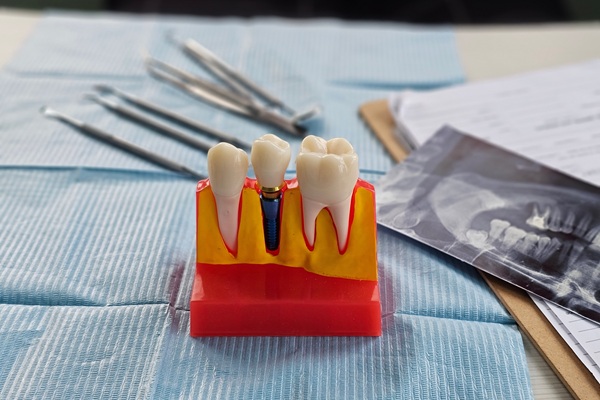What Is a Silver Dental Filling Made Of?

Fixing cavities with silver amalgam is standard dental filling practice. Amalgam fillings are frequently referred to as a "silver dental filling." Throughout the years, there have been concerns regarding the usage of amalgam due to its mercury composition. This article describes what a silver dental filling is made of.
An overview of silver dental filling
Amalgam is a metal alloy that has been the most widely used and successful filling material in dentistry for several decades. Although it is commonly referred to as "silver amalgam," amalgam is actually a mixture of metals, including silver, mercury, tin, and copper. Sometimes, small quantities of zinc, indium, or palladium are used.
Amalgam is a less expensive substance than some of the newer options. It also lasts longer, particularly in teeth that are subjected to plenty of pressure and wear from chewing.
Mercury composition of silver dental filling
Mercury is a naturally occurring metal present in the environment. Liquid mercury may be found in various thermometers. At higher temperatures, it turns to its gaseous form. It is also possible to combine it with other materials.
Mercury is present readily in the environment, including the air, water, soil, and food. For example, people have experienced worries concerning the quantity of mercury that has accumulated in fish due to pollution. Mercury is released into the atmosphere by companies that use mercury-containing fuels. Mercury may accumulate in the human organs from a variety of causes.
Like most other chemicals, mercury causes damage in proportion to its presence in the body. Low amounts have no negative consequences. Mercury may induce various symptoms at greater levels, such as when people are exposed to it via their occupations. Anxiety, irritability, memory loss, headaches, and weariness are some common symptoms.
The debate regarding amalgam fillings is on how much mercury is emitted and absorbed by the body. Amalgam fillings were formerly regarded to be harmless. This means that no mercury was discharged once the filling was put in the tooth. This viewpoint has shifted in recent years as a result of advanced testing. As the amalgam filling breaks down, very minute quantities of mercury might be emitted in the form of vapor.
The research on this topic is complicated, and different estimations of the actual quantity of mercury emitted have been made. However, multiple studies have indicated that the quantity of amalgam discharged in the mouth is quite small. According to studies, the quantity of mercury in your fillings is smaller than the amount of mercury most individuals are exposed to in their everyday surroundings or their food.
The idea of having mercury in the mouth may seem frightening, but considerable research demonstrates that amalgam fillings are safe for the vast majority of individuals. The FDA, the Centers for Disease Control and Prevention, the World Health Organization, and the American Dental Association have confirmed this. According to the FDA, existing amalgam fillings should not be removed unless medically required.
Final note
Consult your dentist to determine which kind of dental filling is right for you. Maintaining good oral hygiene, eating a balanced diet, minimizing sugar consumption, and seeing the dentist regularly may help avoid tooth decay and the need for fillings.
Request an appointment here: https://www.kermandentalgroup.com or call Kerman Dental Group at (559) 424-1177 for an appointment in our Kerman office.
Check out what others are saying about our dental services on Yelp: Dental Filling in Kerman, CA.
Recent Posts
Cavities, also known as caries or tooth decay, form when plaque eats away at the enamel that covers the teeth’s outer surfaces, so it is essential to see the dentist immediately for a dental filling or other treatment alternatives if you suspect cavities on your teeth. Cavities may spread and harm the sensitive tissue and…
Learning about your options for tooth fillings is a great idea. No longer do you have to settle for the traditional metal fillings; instead, you now have the ability to choose the type of tooth filling you want for treating your tooth cavities. According to the American Dental Association, when it comes to having a…
With the latest treatments in cosmetic dentistry, it is easy to have a white, bright smile. Everybody wants to have sparkling teeth, but it is difficult to achieve it without professional help. That is why teeth-whitening treatments are everywhere. If you are thinking about getting a cosmetic dentistry treatment to treat your stained teeth, here…
If you are tired of hiding your smile from the world due to stained, discolored, or otherwise imperfect teeth, a cosmetic dentist can help. They specialize in various aesthetic and cosmetic procedures designed to make their patients look and feel their absolute best. Let’s take a look at some of the options that they offer to…


